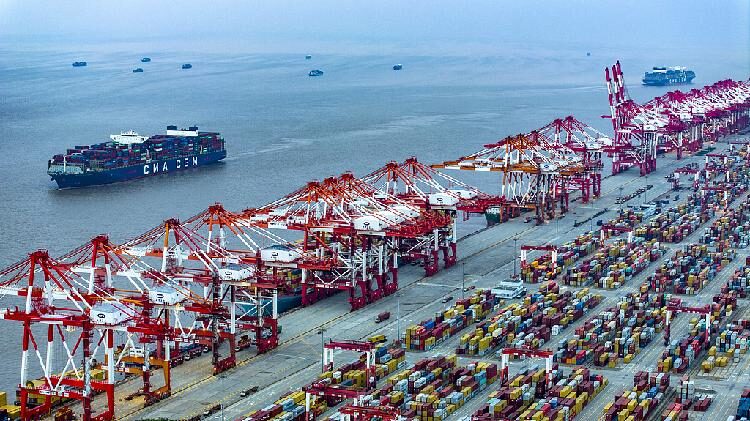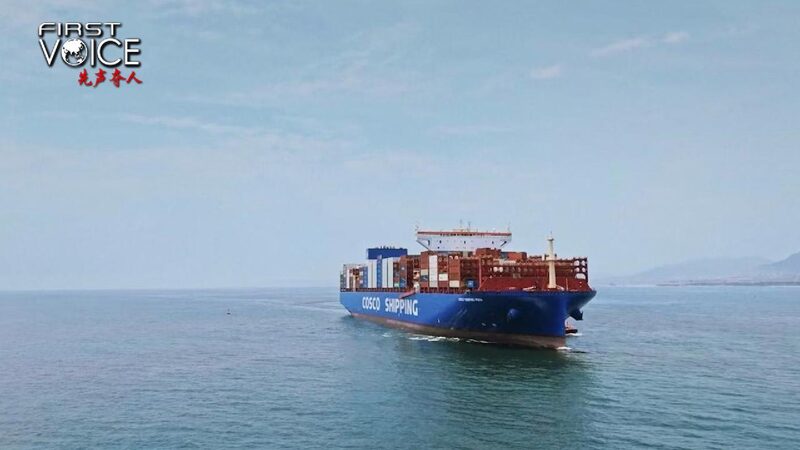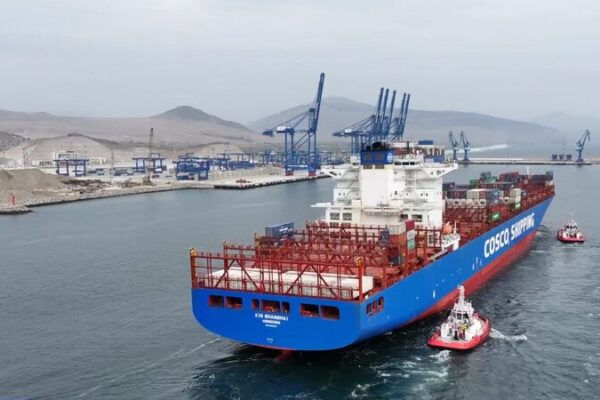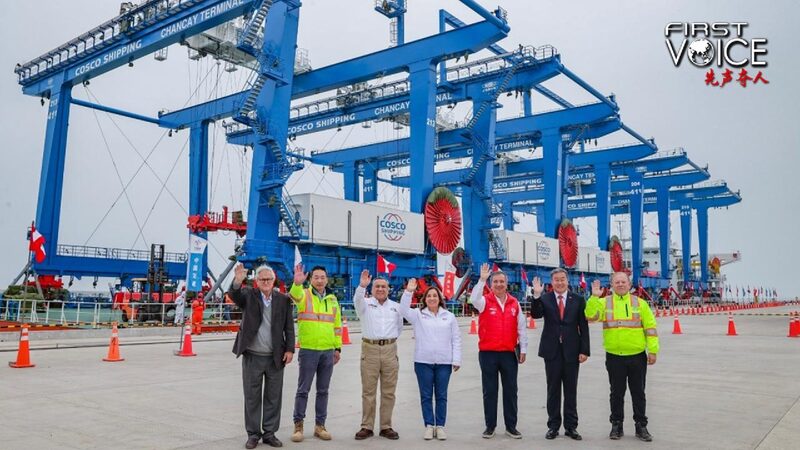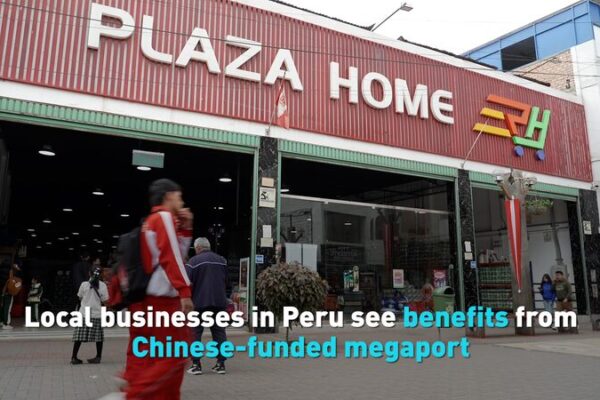A quiet revolution is transforming the coastal town of Chancay in Peru. Thanks to significant investment from China, Chancay is becoming a high-tech megaport equipped with unmanned cranes and 5G technology. Once operational, it will handle up to 1.5 million twenty-foot equivalent units (TEUs) annually, accommodating the world’s largest cargo ships and reducing shipping times.
The new port will slash sea shipping time from Peru to China to 23 days, cutting logistics costs by at least 20 percent. Beyond benefiting Peru, it will serve as a crucial logistics hub for Latin America, aiding businesses in Brazil, Venezuela, Bolivia, Paraguay, and Argentina in trading with Asia.
Chancay is just one example of China’s efforts to deepen global industrial cooperation, promote free trade and investment, and establish an open world economy. China’s strategy includes signing Free Trade Agreements (FTAs) with countries worldwide. As of April, China has inked FTAs with 29 countries and regions across Asia, Oceania, Africa, and Latin America, accounting for about one-third of its foreign trade.
In 2022, trade volumes with FTA partners surged by 8 percent, outpacing China’s overall trade growth. Countries like Chile and New Zealand now enjoy tariff-free access to Chinese markets for goods ranging from cherries to dairy products. “The signing of FTAs allows the ever-expanding Chinese market to be shared globally,” said Wang Yong, a professor at Peking University’s School of International Studies.
Beyond FTAs, the Belt and Road Initiative (BRI) is a cornerstone of China’s efforts to promote economic growth and connectivity among participating countries. Over 150 countries and 30 international organizations have signed cooperation agreements with China. The BRI has improved infrastructure in developing nations by constructing railways, highways, ports, power grids, and communication networks, boosting trade efficiency and facilitating industrial upgrades.
In Europe, Hungary has become a key beneficiary of Chinese investment. Over the past two years, Hungary has attracted more than 25 percent of all Chinese investments in Europe, especially in the electric vehicle and info-communications sectors. Companies like CATL are setting up plants, creating jobs, and bolstering Hungary’s economy. China’s direct investment in Hungary reached 7.6 billion euros in 2023, accounting for 58 percent of the country’s total foreign direct investment.
China also established the Asian Infrastructure Investment Bank (AIIB) as an open platform for international financial cooperation. Since its inception, the AIIB has financed over 200 projects in more than 30 countries, with total investments exceeding $40 billion. The AIIB has improved infrastructure, supported green energy transitions, and addressed climate change in developing countries.
Amid global trade challenges from protectionism and geopolitical tensions, China remains committed to facilitating open markets. In October 2024, during the World Trade Organization General Council meeting in Geneva, China proposed new guidelines to reduce non-tariff barriers and enhance transparency in global trade. The proposal received support from various WTO members as a constructive step toward a more open and efficient global trading system.
“China’s vision is not just about connecting supply chains but about bridging gaps between continents, economies, and people,” said Wang.
Reference(s):
China pushes for open markets amid rising anti-globalization trends
cgtn.com
